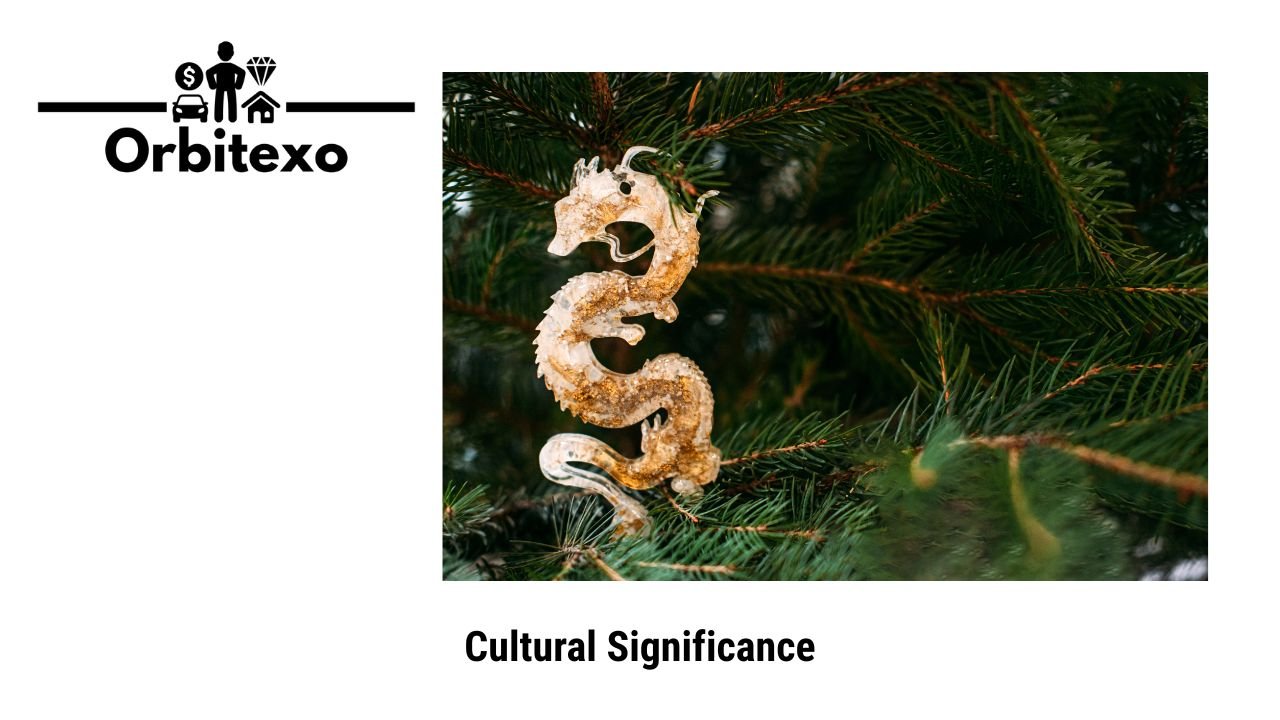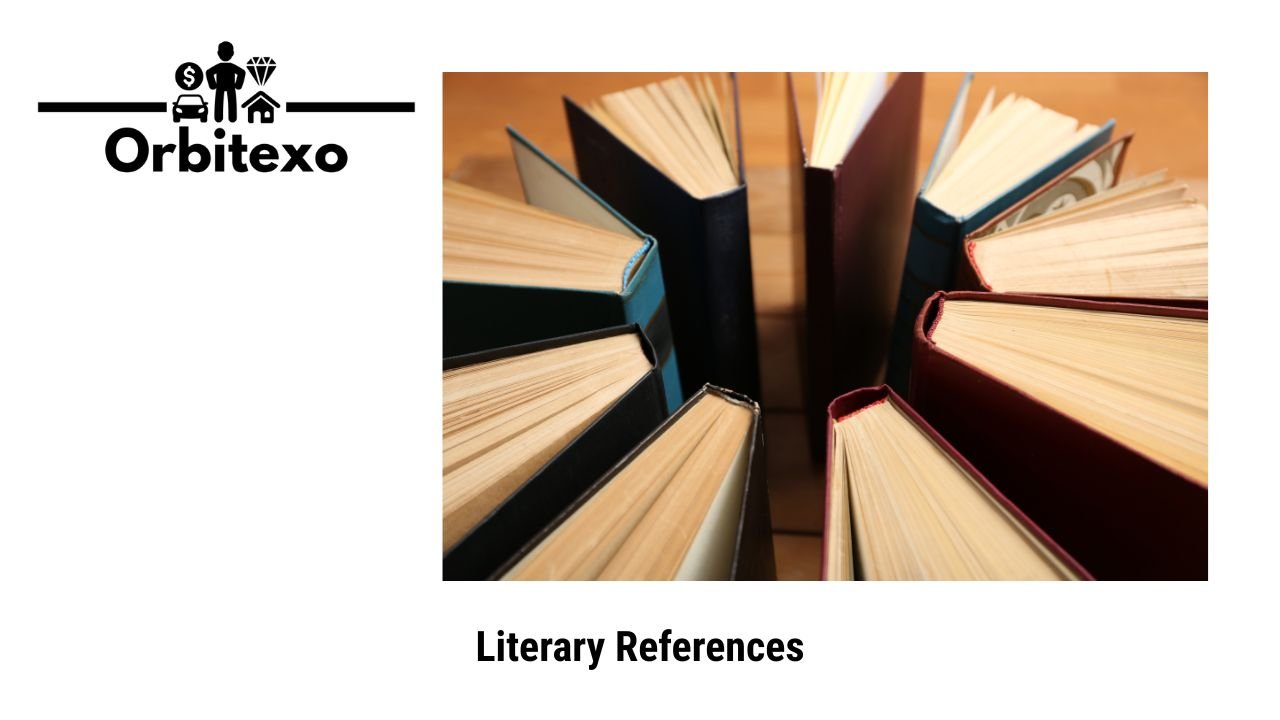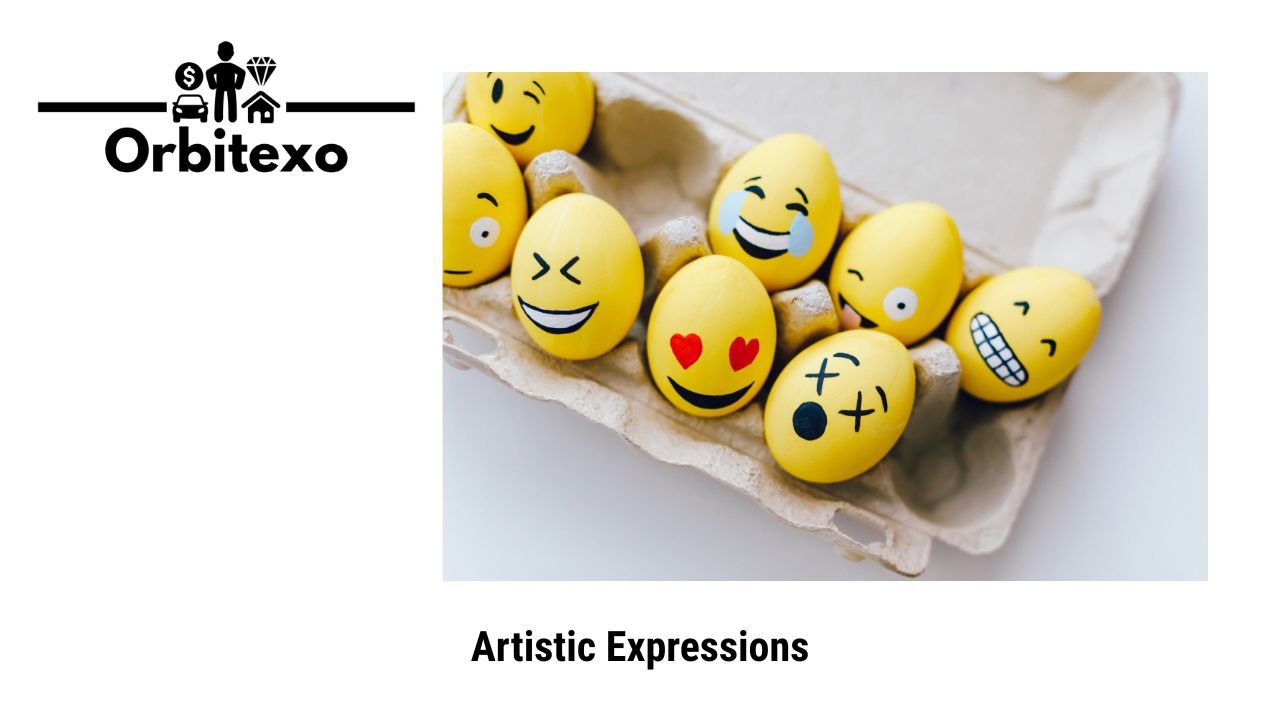The moon has always fascinated us. Its beauty inspires countless reactions.
“Isn’t the Moon Beautiful? ” Is a phrase that sparks unique responses. People share their feelings, memories, and thoughts when they hear it. Some reactions are poetic, while others are humorous. This blog explores over 62 of the most original and heartfelt responses to this simple yet profound question.
By reading these varied answers, you’ll gain insight into how the moon’s beauty touches different people in different ways. So, let’s dive in and discover the many ways people express their admiration for our luminous neighbor in the sky.
Cultural Significance

The phrase “Isn’t the Moon Beautiful?” carries deep cultural significance. This question often evokes reflections on beauty, romance, and human connections. Below, we explore its rich history and modern-day interpretations.
Historical Context
In ancient Japan, moon-gazing was a revered tradition. People gathered to admire the moon and share poetry. The moon symbolized beauty, calm, and the passage of time. It was a moment for introspection and connection with nature.
During the Heian period, lovers exchanged poems about the moon. They expressed their feelings indirectly through moon imagery. This poetic expression added layers of meaning to their relationships.
Modern Interpretations
Today, “Isn’t the Moon Beautiful?” still holds romantic undertones. It can be a subtle way to express love or admiration. In anime and films, characters often use this phrase to convey deep emotions.
For many, the moon remains a symbol of beauty and mystery. People continue to find comfort and inspiration in its glow. The moon’s universal appeal makes this phrase timeless and meaningful.
Literary References

Literary references have always held a special place in our hearts. They capture the essence of emotions and thoughts in profound ways. The phrase “Isn’t the Moon Beautiful?” has found its way into many literary works. Authors use it to convey deep feelings and moments of reflection.
Classic Literature
In classic literature, the moon often symbolizes beauty, love, and mystery. William Shakespeare used moon imagery to explore themes of romance and enchantment. In “A Midsummer Night’s Dream,” he wrote about the moon’s influence on lovers. Moonlit scenes create a magical atmosphere, enhancing the emotional depth.
Another example is in “Wuthering Heights” by Emily Brontë. The moon reflects the intense emotions of the characters. It adds a haunting beauty to the dark, passionate love story. Such references enrich the narrative and engage readers.
Contemporary Works
Contemporary authors continue to use the moon in their stories. Haruki Murakami’s novels often feature the moon as a symbol. In “Kafka on the Shore,” the moon represents the subconscious and hidden truths. These references provide a deeper understanding of the characters’ inner worlds.
Another modern example is in “The Night Circus” by Erin Morgenstern. The moonlit circus creates a sense of wonder and magic. It draws readers into a world where anything is possible. Such imagery makes the stories memorable and captivating.
Romantic Connotations
The phrase “Isn’t the Moon Beautiful?” holds a special place in romantic conversations. This phrase often carries deep romantic connotations. It can mean more than just admiration for the moon. It can be a subtle way of expressing love or affection.
Love Confessions
“Isn’t the Moon Beautiful?” can be a secret code for love. Couples use it to express their feelings indirectly. It is a gentle and poetic way to confess love. The beauty of the moon reflects the beauty of their feelings. This simple phrase can make a moment magical. It helps to create a special connection between lovers.
Symbolism In Relationships
The moon has always been a powerful symbol in relationships. It signifies mystery, romance, and eternity. Saying “Isn’t the Moon Beautiful?” can symbolize a deep bond. It can mean that the relationship is special and timeless. The moon’s phases can also reflect the ups and downs of love. This phrase can remind couples of their journey together. It can highlight the beauty in their shared experiences.
Artistic Expressions

The phrase “Isn’t the Moon Beautiful?” has inspired countless artistic expressions over time. Artists from various fields have captured the essence of this phrase in unique and captivating ways. Let’s explore how this phrase has influenced paintings, illustrations, films, and photography.
Paintings And Illustrations
Artists often find inspiration in the moon’s beauty. This phrase has led to many stunning paintings and illustrations. Some depict the moon in a realistic manner, while others use abstract forms.
- Realistic Paintings: These artworks show the moon as seen in nature. They capture its glow and texture.
- Abstract Illustrations: Here, the moon is a symbol. Artists use different shapes and colors to represent its beauty.
In both styles, the common theme is the moon’s captivating allure. It continues to inspire artists worldwide.
Film And Photography
The phrase also finds its place in film and photography. Filmmakers and photographers use the moon’s beauty to create striking visuals.
- Films: Many movies feature scenes with the moon. These scenes often evoke emotions like love, mystery, and wonder.
- Photography: Photographers capture the moon in various phases. These images highlight its changing beauty.
Both films and photographs use the moon to tell stories. They show how the moon’s beauty can influence our emotions and thoughts.
Scientific Perspectives
Explore the 62+ most unique responses to the question, “Isn’t the moon beautiful? ” These reactions reveal diverse and fascinating scientific perspectives. Discover how different minds perceive the moon’s beauty and significance.
The moon has always fascinated humans. Its beauty and mystery captivate us. But what do scientists say about the moon? Let’s dive into the scientific perspectives.
Astronomical Significance
The moon plays a crucial role in astronomy. It’s Earth’s only natural satellite. The moon’s gravitational pull affects our planet. It causes tides in the oceans. Without the moon, tides would be much weaker. This could impact marine life. The moon also helps stabilize Earth’s tilt. This tilt affects our seasons. Without the moon, Earth’s axis might wobble. This could lead to extreme climate changes.
Scientific Curiosities
The moon holds many scientific curiosities. Its surface is covered in craters. These craters are from impacts with asteroids and comets. The moon has no atmosphere to protect it. So, every impact leaves a mark. The moon’s surface is also very dry. Scientists believe it was once covered in lava. This lava formed the dark plains we see today. These are called “maria,” which means “seas” in Latin. Another curiosity is the moon’s distance from Earth. The moon is slowly moving away from us. Each year, it drifts about 1.5 inches farther. This affects the length of our days. As the moon moves away, days get slightly longer. The moon has a lot to teach us. From its surface to its role in our planet’s stability. It’s more than just a beautiful sight in the night sky. “`
Philosophical Musings
The moon has always sparked deep thoughts and reflections. It’s a simple yet profound sight. Many people find themselves lost in contemplation when gazing at it. This section delves into the philosophical musings inspired by the phrase “Isn’t the Moon Beautiful?”. We will explore existential reflections and metaphysical questions that arise from this celestial wonder.
Existential Reflections
The moon’s beauty often leads us to think about our own existence. We ponder our place in the universe. The moon’s constant presence makes us question the nature of our own lives. Are we merely fleeting moments in time?
Many philosophers have used the moon to explore deeper meanings. They ask questions about life’s purpose and our connection to the cosmos. These existential reflections can be both comforting and unsettling. The moon reminds us of the vastness of space and the smallness of our daily worries.
- Is our life just a brief flash in the cosmos?
- What is our true purpose on Earth?
- How do we connect with the universe?
Metaphysical Questions
The phrase “Isn’t the Moon Beautiful?” also raises metaphysical questions. These questions are about the nature of reality itself. We wonder if the moon is more than just a celestial body. Could it hold deeper truths about the universe?
Metaphysical questions often lead to debates and discussions. Some believe the moon has spiritual significance. Others see it as a symbol of mystery and wonder. These questions push us to think beyond the physical world.
- Is the moon a symbol of deeper truths?
- Does the moon have a spiritual meaning?
- What mysteries does the moon hold?
In conclusion, the moon’s beauty inspires us to think deeply. Whether through existential reflections or metaphysical questions, it invites us to explore the profound. Its presence in the night sky is a constant reminder of the mysteries that lie beyond our understanding.
Pop Culture Impact
The phrase “Isn’t the Moon Beautiful?” has captured hearts worldwide. Its poetic nature has found its way into various facets of pop culture. From music to movies, this simple question resonates deeply with audiences. Let’s explore how this phrase has influenced pop culture.
Music And Lyrics
Many songwriters have drawn inspiration from the moon’s beauty. Some have written entire songs around this theme. Lyrics often reflect the moon’s enchanting presence. Artists use it to convey love, longing, and nostalgia. The moon becomes a symbol of deep emotions. This connection makes the phrase timeless in musical expressions.
Television And Movies
Television shows and movies often reference the moon. Characters gazing at the moon reflect their inner thoughts. This visual adds depth to the narrative. In romantic scenes, the moon enhances the mood. Directors use the moon to create memorable moments. Fans remember these scenes long after the credits roll. The moon’s beauty continues to captivate audiences on screen.
Personal Reactions
Many people have unique and touching reactions to the question, “Isn’t the Moon Beautiful?” These personal reactions capture different emotions and thoughts. In this section, we explore some of these first-hand accounts and emotional responses.
First-hand Accounts
One person shared a story about their childhood. They remembered stargazing with their grandparents. The moon was always a topic of wonder. Another individual recalled a romantic evening. They were with their partner, and the moon was shining brightly. It was a moment they will never forget. A friend mentioned how the moon helped them during tough times. They found peace and comfort looking at it.
Emotional Responses
Many people feel a deep connection to the moon. For some, it brings back memories of loved ones. Others feel a sense of calm and serenity. The moon can evoke feelings of wonder and curiosity. Some people feel inspired by its beauty. It can also make people feel small but connected to the universe. These emotional responses show how the moon touches our hearts.
Global Variations
The phrase “Isn’t the Moon Beautiful?” touches hearts globally. Yet, the reactions vary widely. Different cultures see the moon in unique ways. Let’s explore these global variations.
Cultural Differences
Cultures around the world have their own ways of reacting to the moon. In Japan, the phrase “Isn’t the Moon Beautiful?” often means “I love you.” This romantic twist is not the same everywhere. Here are some examples:
| Country | Reaction to the Moon |
|---|---|
| Japan | “I love you” |
| China | Symbol of Reunion |
| India | Sign of Beauty |
| USA | Sense of Wonder |
In China, the moon symbolizes reunion. Families gather to celebrate the Moon Festival. In India, the moon is a sign of beauty. Many poems praise its glow. In the USA, the moon often brings a sense of wonder. People gaze at it with awe.
Common Themes
While reactions differ, some common themes emerge. Romance is a major theme. Many cultures link the moon to love. Beauty is another. The moon’s glow fascinates people everywhere. Mystery also plays a big role. The moon’s distant light sparks curiosity.
- Romance: Linked to love
- Beauty: Praised glow
- Mystery: Sparks curiosity
These themes show how the moon connects us. It shines on everyone, no matter where we are. The moon’s beauty speaks a universal language. It tells a story of love, awe, and wonder.
Frequently Asked Questions
What Does “isn’t The Moon Beautiful?” Mean?
This phrase often symbolizes romantic feelings or admiration. It can be a subtle way to express affection.
How To Respond To “isn’t The Moon Beautiful?”?
Respond with a genuine compliment or share your own feelings. It encourages meaningful conversation.
Why Do People Say “isn’t The Moon Beautiful?”?
People use this phrase to connect emotionally. It can be a way to share a moment of beauty.
Is “isn’t The Moon Beautiful?” A Cultural Reference?
Yes, in some cultures, it’s a poetic way to express love or admiration subtly.
Conclusion
Exploring the many reactions to “Isn’t the Moon Beautiful? ” Was fun. Each response was unique and heartfelt. Creativity shone through in every answer. The moon connects us in special ways. Simple words can spark deep emotions. Share these reactions with friends.
Enjoy the beauty of simple expressions. The moon remains a constant inspiration. Keep looking up and appreciating its charm. Such moments remind us of life’s simple pleasures.


